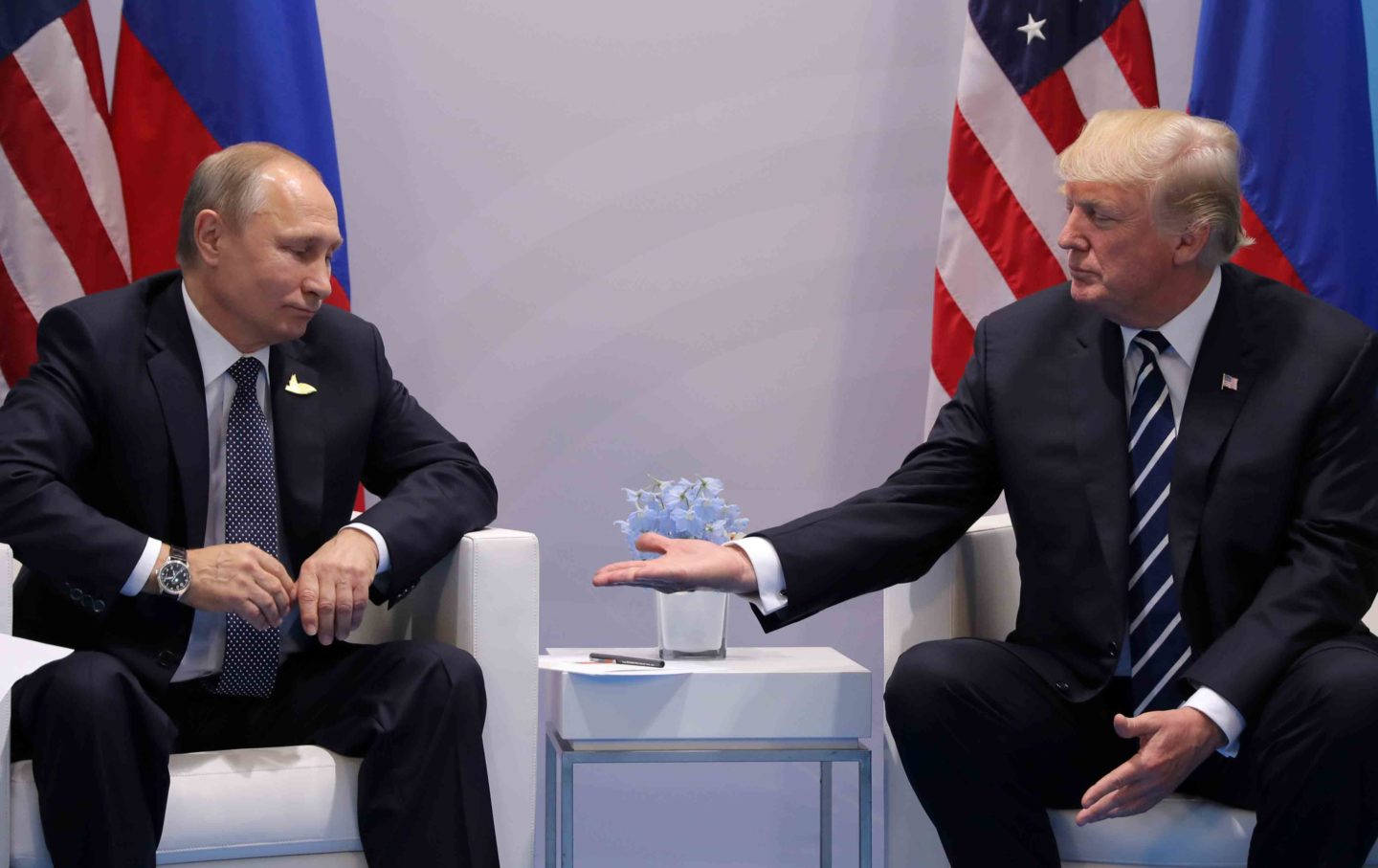The Washington Post
BEIRUT — The first attempt by the Trump administration to cooperate with Russia on an international crisis got underway on Sunday, with the implementation of a cease-fire in southwestern Syria that appeared to be widely holding.
If the truce can be maintained, it could open the door to deeper cooperation between the United States and Russia on ways to quell the violence and to progress on other cease-fire deals being pressed elsewhere in Syria.
The guns fell silent well ahead of a noon deadline, residents in the cease-fire zone said, lending hope that it would stop the violence for at least a while and save lives.
The agreement to work on a cease-fire in Syria was the first publicized achievement of the meeting on Friday between Trump and Russian President Vladimir Putin. Details remain vague, however, and it is unclear whether the agreement will lead to cooperation toward an enduring solution to Syria’s six-year-old war.
This cease-fire is being referred to by the two powers as a “de-escalation,” reflecting the modest expectations for success after several previous failed attempts by President Obama to work with Russia to end the fighting.
What makes this effort different, however, is that the peace push is now being driven by Russia, which took the lead in international diplomacy after the defeat of the Syrian rebels in their Aleppo stronghold in December.
The cease-fire signals U.S. acquiescence to a broader Russian plan to end the violence by creating a series of de-escalation zones around the country, to be sponsored by the regional or international powers with influence in each area. An attempt to consolidate a similar de-escalation zone in the north in collaboration with Turkey, Syria’s northern neighbor, has already somewhat reduced the violence there.
This accord creates a separate mechanism for the United States and Jordan to use their influence with allied rebels in southwestern Syria to halt the fighting while Russia exerts pressure on its ally, the Syrian government of President Bashar al-Assad.
The area affected by the cease-fire includes Daraa, the city where the revolt against Assad first flared in 2011, and where intensified fighting occurred in recent months, with the government launching an offensive aimed at recapturing the city. Also covered is the neighboring province of Quneitra, which has been a flash point in recent months between Israel and government forces, including the Iranian-backed militias whose advances toward the Israeli-occupied Golan Heights have alarmed Tel Aviv.
Iran, Bashar al-Assad’s other main ally, is not a party to this deal. Iran also holds considerable sway over the area through its network of militias, including the Lebanese Hezbollah movement, and there are concerns that Iran, along with the Syrian government, may work to scuttle a deal that might significantly increase U.S. influence over this part of Syria.
Many details remain to be worked out, including an enforcement mechanism. The expectation is that Russian military police will eventually be deployed in the area, according to a senior U.S. official, who spoke on condition of anonymity to discuss ongoing negotiations.
But it is unclear whether Israel will accept Russian enforcers along its border, because of concerns that Russia would be unable or unwilling to contain the expansion of Iran and its allies in that section, the Israeli Haaretz daily reported.
A bigger question mark remains over a long-standing challenge to peace efforts in Syria, which is whether Russia exerts enough influence over the Syrian government and Iran to convince them to abide by the truce.
The deal, if implemented fully, would pose a threat to Iran’s goal of carving out a zone of influence along the Israeli and Jordanian borders and to Assad’s goal of restoring his control over all of Syria, said Faysal Itani of the Washington-based Atlantic Council.
“Both of these parties will go along with a cease-fire only until it stops serving their purpose,” he said. “Who is going to stop them when they resume the offensive? Russia is either on the regime’s side or unable to enforce its will anyway.”
So many questions remain over how the cease-fire will work that residents aren’t sure whether they should be hopeful or not, said Ahmed al-Masalma, a businessman and activist who lives in a rebel-controlled area of Daraa province.
“Some people are pessimistic because we have experience of the regime and Russia and Iran using truces to regroup their forces and advance,” he said, speaking by Skype. “On the other hand, there is some optimism because people need stability to go back to their lives, and we hope this will lead to a political solution.”

